Bukhara is an oasis city, the largest settlement, located right in the middle of the desert. Once located on the Great Silk Road, Bukhara is one of the oldest cities – its history exceeds 2500 years.
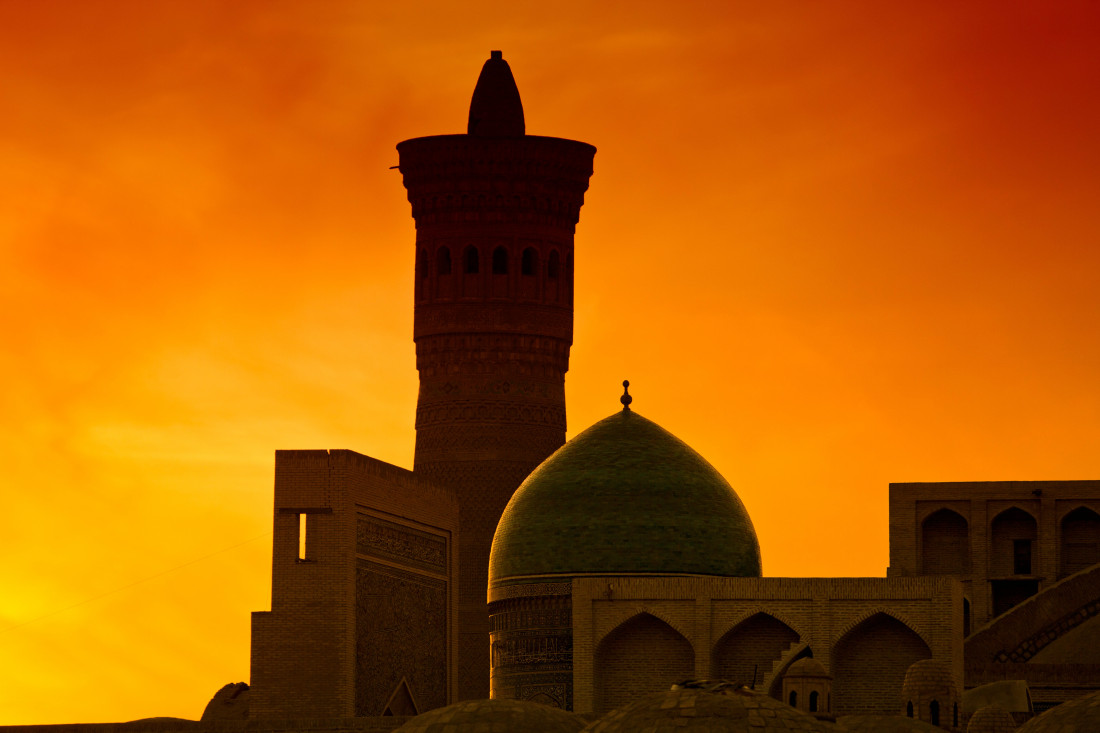
Bukhara embodied the centuries-old history of the ancient traditions with Islam. This is the city with an incredible atmosphere of wisdom, sacredness and teaching. Once you are in this city, it seems you are in a different world, on another planet. Incredible mixes of cultural, religious, ethnic civilizations have made Bukhara a city of indelible impressions.
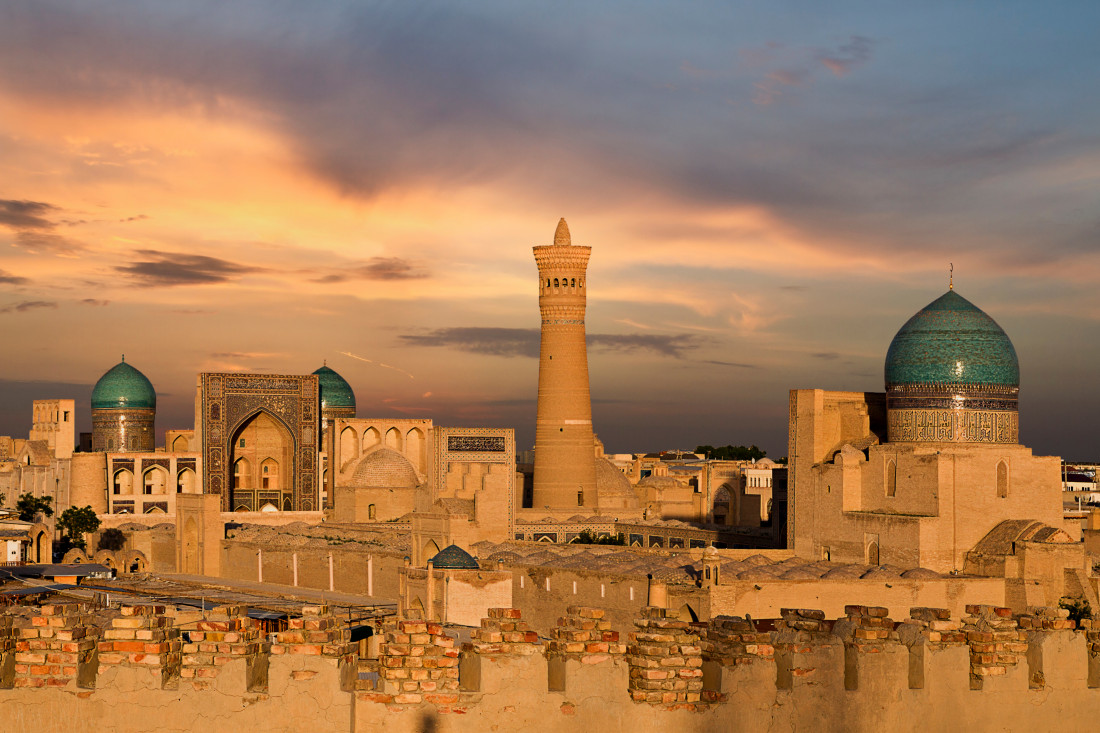
On the territory of the Bukhara region lived Zoroastrians, Christians, Jews, and Buddhists. At the end of the 9th century, Bukhara became one of the most significant Islamic and cultural centres in Central Asia. For several centuries, travelers, pilgrims, preachers, researchers have come here. Bukhara is a storehouse of scientific, religious and philosophical knowledge.
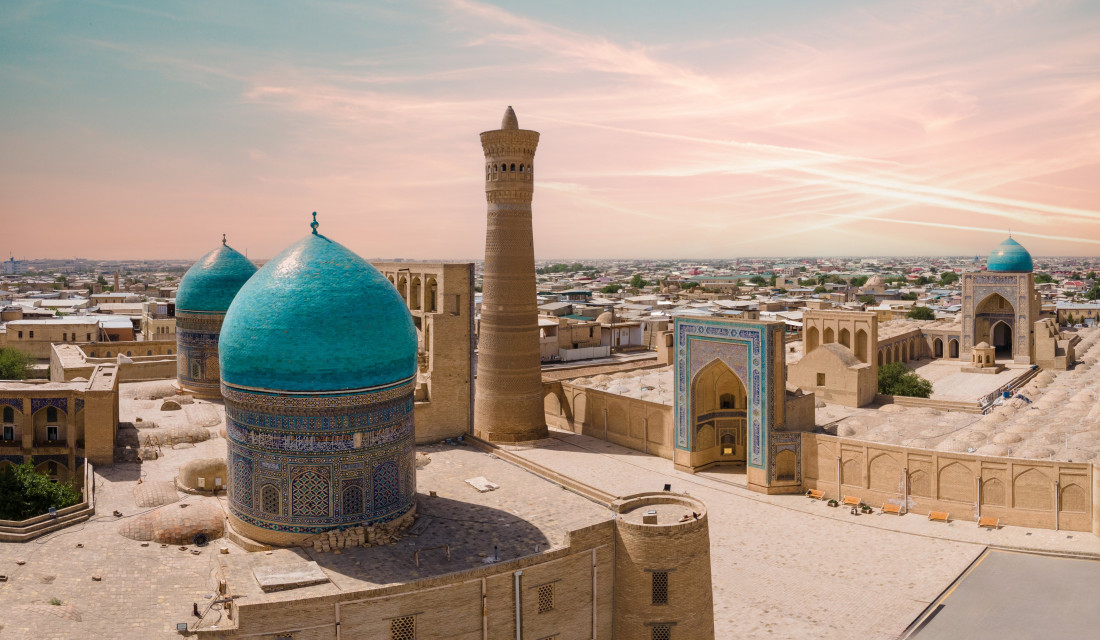
Religious figures and progressive people of their time lived and studied here: Alisher Navoi, Abu Ali ibn Sino (Avicenna), Al-Bukhari and many others became the real property of the republic. They were prominent adherents of the spiritual and philosophical teachings of Sufism. The memory of them has been preserved on this land. They created incredible monuments, tangible and intangible, made discoveries, built unimaginably beautiful madrassas and mosques.
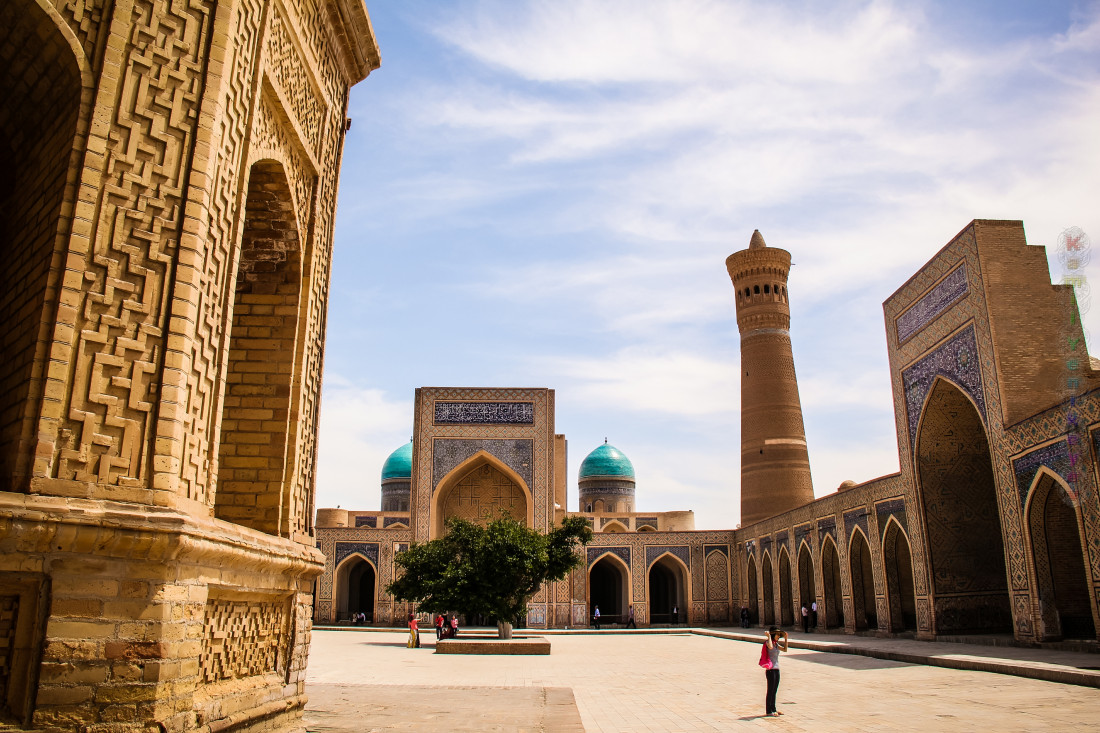
Narshakhi in the “History of Bukhara” made the first historical notes in the X century. In his work, he described the ancient fortress called “Ark”, which has survived to this day. Like Samarkand, Bukhara for many centuries passed from one conqueror to another. Every resident of Bukhara remembers and knows his rulers perfectly.
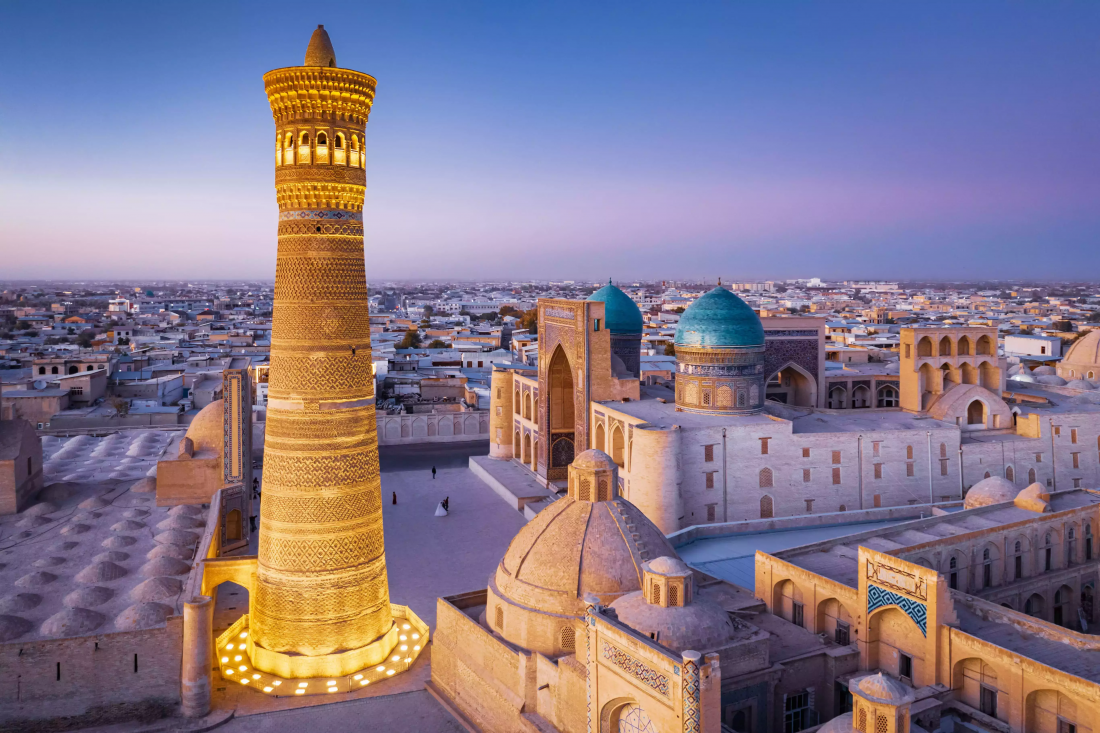
After the capture by Alexander the Great, the Greco-Bactrian state was formed here. Then such states as Kushan, Hephthalites Empire, the Turkic Khaganate, and the Arab Caliphate, the states of the Samanids, Karakhanids, the Kara Khitais, and the Khorezmshahs were formed here.
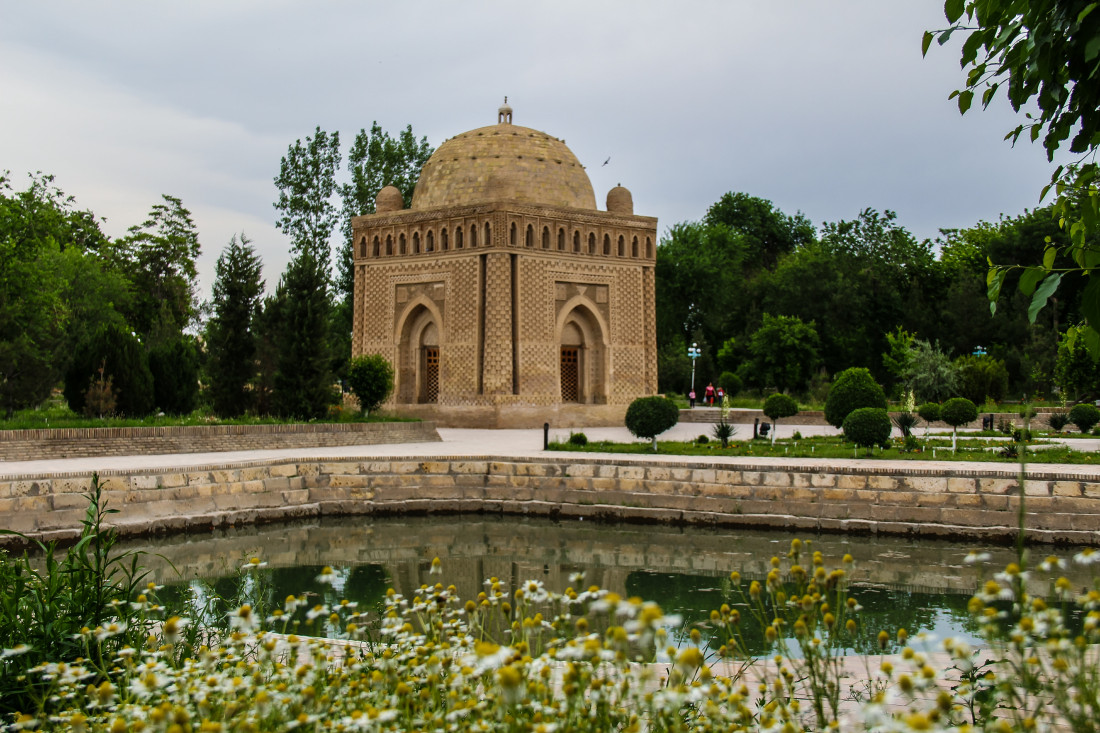
In the XIII century, the Mongol invasion occurred. The legend says that having conquered Bukhara, Genghis Khan rode up to its main minaret, Poi-Kalyan, to have a look at the tower. He raised his head and a battle helmet rolled off his head. The conqueror leaned over it, and then grinned: “I conquered Bukhara, but bowed before its minaret,” and ordered not to destroy the minaret.
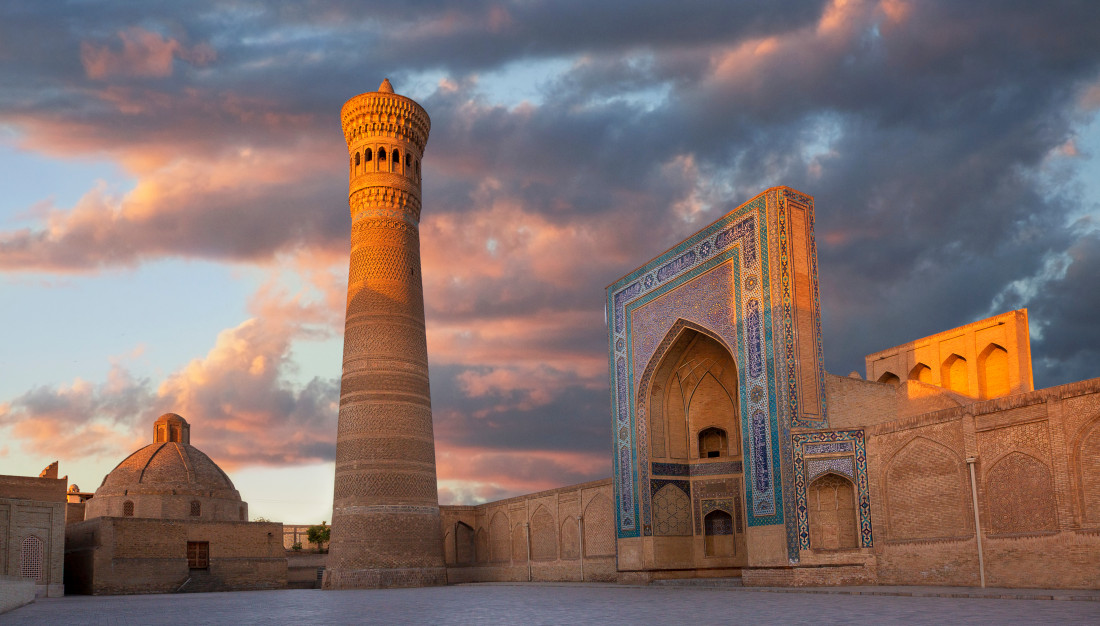
During the reign of Temur and the Temurids, Bukhara prospered. In this era, the city became a paradise garden. Now it is Sacred Bukhara or Bukhara Sharif.
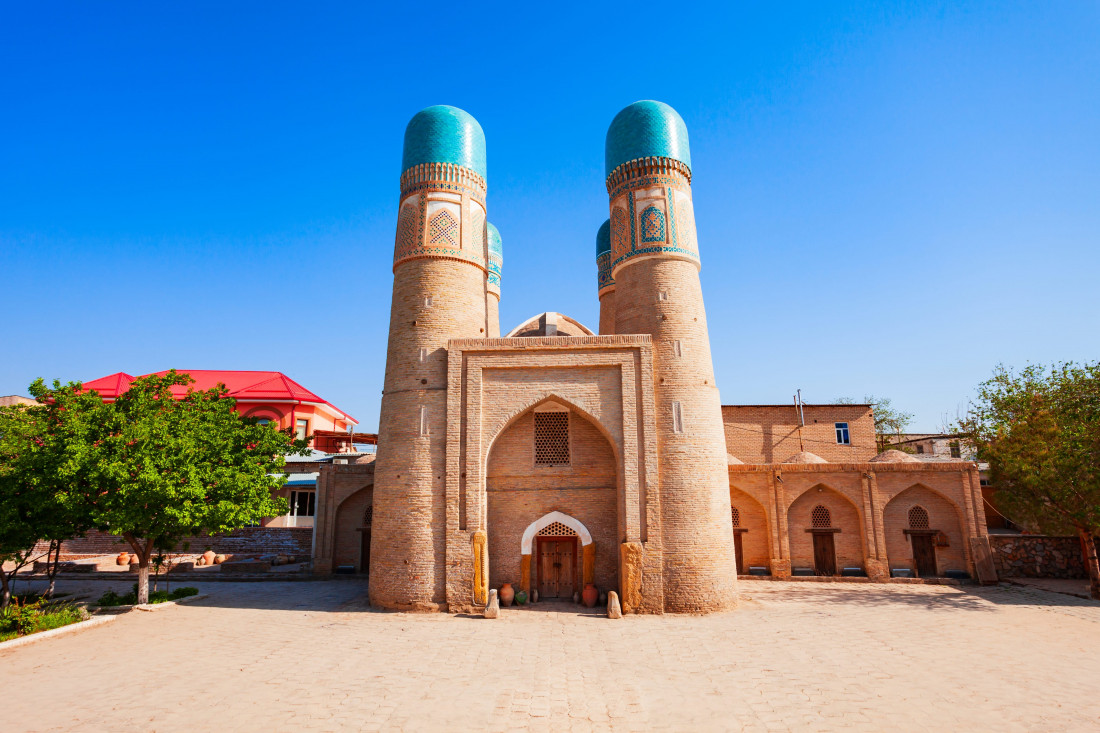
From the XVI to the beginning of the XX centuries, Bukhara was the capital of the Bukhara Khanate. Such famous dynasties as Sheibanids and Ashtarkhanids ruled here. At this time, the city reached its maximum development. Scientific knowledge and cultural life developed here. The city has acquired its modern look. Large architectural ensembles and complexes were built here. And we can still admire them.
Comment
Rahmat kattakon . Juda Kattan yordam berdingiz.